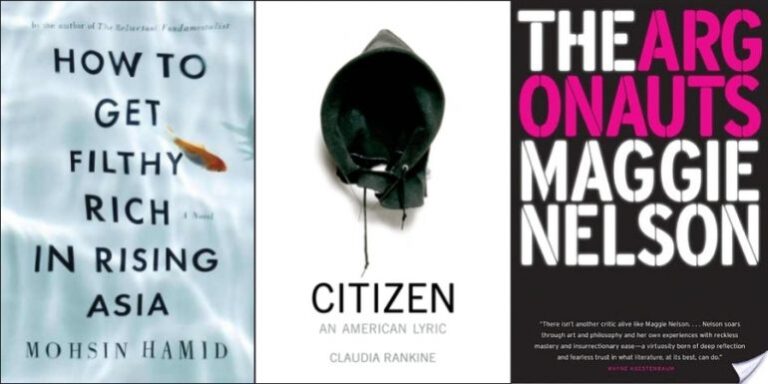Morphology of the Essay: Ander Monson, Claudia Rankine, Eula Biss, Leslie Jamison, & Maggie Nelson
According to Wikipedia, a keystone is “used figuratively to refer to a central element of a larger structure […] that locks the other elements in place and allows the whole to be self-supporting.” With a stone archway, the form is inherent, or predetermined. First, there is the abutment, then vertical supports, then voussoirs, and finally,…



